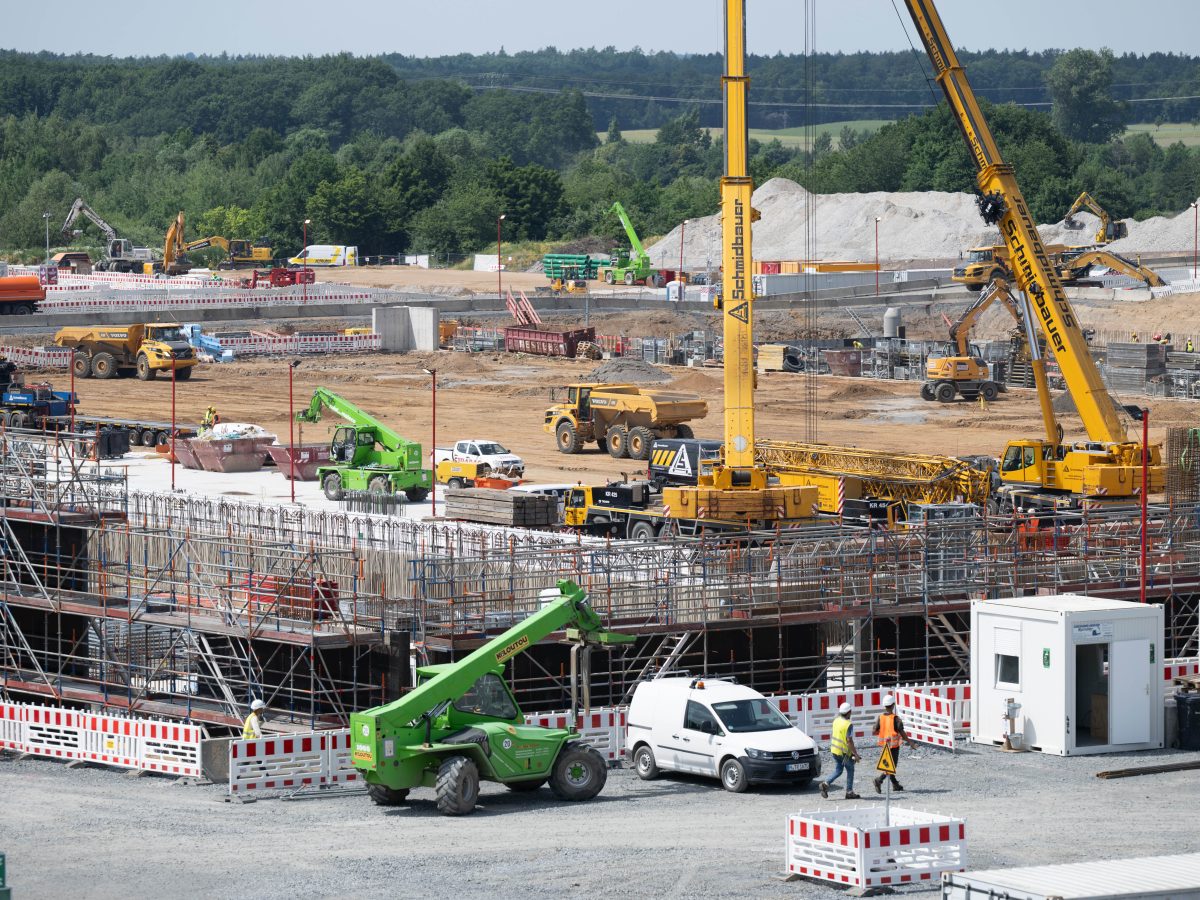
Every time you ask AI to write a paper, remix a photo, or curate your dream playlist, something else is happening behind the screen. Gallons of water are being pulled from rivers and reservoirs to keep servers cool. For Black neighborhoods already battling unsafe drinking water and environmental neglect, this represents yet another invisible fight—this time, in the name of “progress.”
Most conversations around AI focus on job loss, algorithmic bias, or data privacy. Yet the environmental toll is often left out, despite being just as urgent. AI’s infrastructure depends on massive data centers running supercomputers around the clock. These machines generate extreme heat, which must be controlled by industrial cooling systems. By 2027, global AI data centers could consume up to 1.7 trillion gallons of water each year. A single ChatGPT query uses roughly ten times the energy required for a typical Google search. The scale is staggering, yet the burden is not equally shared.
In the U.S., data centers are increasingly being built in predominantly Black and low-income communities. Memphis, Tennessee, offers a clear example. Elon Musk’s xAI is constructing one of the world’s largest AI supercenters in one of the city’s poorest neighborhoods. This mirrors a long history of environmental racism—where polluting industries and hazardous developments are placed in communities with the least political and financial power to resist.
The harm doesn’t end with water use. Data centers’ enormous energy demands often lead to the construction or expansion of nearby fossil fuel-powered plants. This introduces air pollutants such as nitrogen oxides and formaldehyde, which worsen respiratory conditions like asthma. Black Americans are already disproportionately affected by these issues. Additionally, pressure on local power grids can lead to increased electricity costs, deepening energy insecurity for families already struggling to make ends meet.
Water scarcity introduces another layer of risk. In drought-prone or water-stressed areas, billions of gallons diverted to cool AI servers threaten not only household water access but entire ecosystems. Reports from advocacy groups highlight a disturbing trend known as digital redlining. Tech companies are placing their most resource-intensive and polluting facilities in Black and Brown neighborhoods, while building cleaner, more efficient centers in predominantly white communities.
The economic benefits often used to justify these developments rarely align with reality. Though marketed as job creators, data centers typically offer a limited number of highly specialized roles that are often inaccessible to local residents without advanced technical training. Rather than closing the wealth gap, these centers can exacerbate displacement and economic inequality.
It is important to note that data centers aren’t unique to AI. Streaming services, social media platforms, and cloud storage systems also rely on them. However, AI’s rapid growth and extreme resource demands are accelerating the strain. The irony lies in AI’s potential to help solve some of these very issues. Predictive models can monitor pollution, optimize agricultural water usage, detect municipal leaks, and even design more sustainable cooling systems for data centers. Whether AI fulfills that promise depends entirely on how intentionally it is developed and deployed.
For Gen Z—the most digitally native generation—there is power in shaping this future. Using AI more responsibly includes resisting the urge to flood it with excessive or frivolous requests. It means disabling default AI features quietly running in apps and devices. It also requires staying informed about the environmental footprint of the tech we rely on and using our platforms to demand transparency around energy and water use. Supporting legislation that centers environmental justice in tech development is equally essential.
Progress should be measured by more than profit margins and processing speeds. If AI is to shape the future, it must be part of one where innovation moves in tandem with equity—not at its expense. Black communities have always been early adopters of technology, using it for storytelling, entrepreneurship, and cultural influence. These communities should not be the ones paying the highest price for innovation.
The AI boom does not have to deepen environmental injustice. With corporate accountability, community advocacy, and intentional innovation, we can demand a version of progress that protects the very people it claims to serve. If the tech industry insists on calling itself the future, it must prove it can build one without sacrificing Black communities in the present.